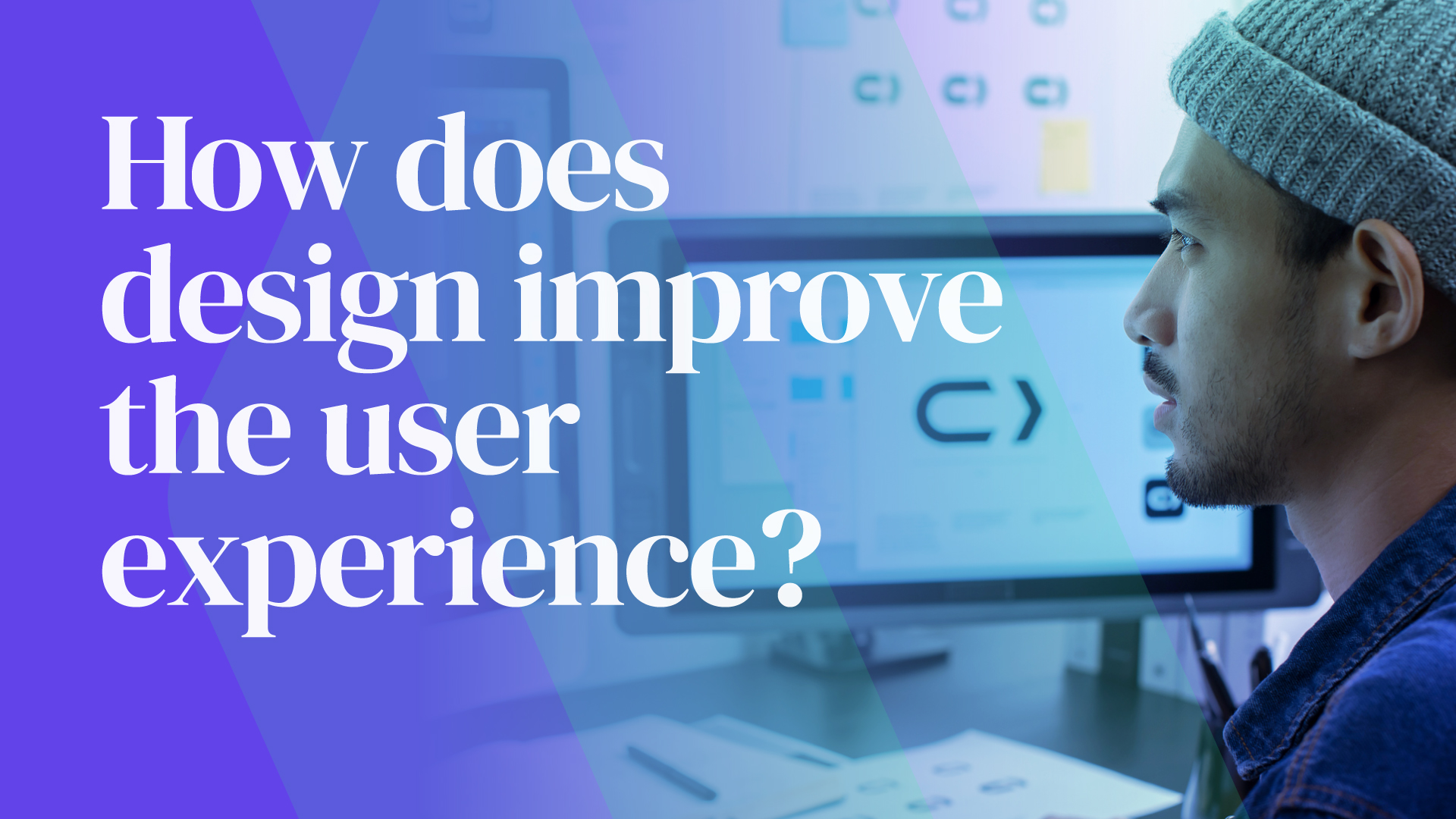Enhancing User Experience: The Transformative Power of Design

In today’s digital age, where user interfaces and experiences are ubiquitous, design plays a pivotal role in shaping our interactions with technology. Whether it’s a website, mobile application, or physical product, well-executed design has the power to captivate, engage, and ultimately improve a user’s experience. By considering user needs, psychology, aesthetics, and functionality, design professionals can create intuitive and visually appealing interfaces that enhance usability and leave a lasting impression. This article delves into the ways in which design improves a user’s experience and highlights its significance in the modern era.
User-Centred Approach
At the heart of successful design lies a deep understanding of the end user. Designers employ research methods, such as user interviews, surveys, and usability testing, to gather insights into the needs, preferences, and behaviours of the target audience. By empathizing with users and placing them at the centre of the design process, designers can create intuitive and user-friendly interfaces that anticipate and fulfil their expectations. This user-centred approach ensures that the final product addresses the pain points of the users and provides a seamless experience.
Usability and Accessibility
Design plays a crucial role in ensuring the usability and accessibility of a product or interface. A well-designed user interface guides users through the interaction effortlessly, reducing cognitive load and confusion. Thoughtful organization of information, clear navigation systems, and intuitive user flows contribute to a seamless user experience, allowing individuals to achieve their goals efficiently. Moreover, inclusive design practices consider diverse user needs, such as those with disabilities, ensuring that the product is accessible to as many people as possible.
Visual Appeal and Branding
Human beings are naturally drawn to aesthetically pleasing visuals. Design enhances user experience by leveraging principles of visual communication, such as colour theory, typography, and layout, to create visually appealing interfaces. An attractive and coherent visual design not only grabs attention but also establishes a strong brand identity, fostering trust and familiarity with users. Consistent branding elements, such as logos, colours, and typography, contribute to the overall user experience and create a sense of cohesion across various touchpoints.
Emotional Engagement
Design has the power to evoke emotions and create memorable experiences. By incorporating elements of emotional design, such as storytelling, interactive animations, and micro interactions, designers can forge an emotional connection between users and the product. Emotional engagement enhances the overall user experience, fostering a positive perception and establishing a lasting relationship with the brand. For instance, a delightful loading animation or a personalized message can transform a mundane task into an enjoyable interaction, leaving users with a positive impression.
Iterative Improvement
Design is an iterative process that continuously seeks to improve the user experience. Through user feedback, analytics, and usability testing, designers can identify pain points, address usability issues, and refine the interface to better serve the needs of users. By embracing an iterative approach, design professionals can enhance user experience over time, staying abreast of evolving user expectations and technological advancements.
Conclusion
Design holds the potential to elevate a user’s experience by seamlessly merging aesthetics, usability, and emotional engagement. By adopting a user-centred approach, ensuring usability and accessibility, leveraging visual appeal, and fostering emotional connections, designers can transform ordinary interactions into extraordinary experiences. In a world where user expectations are constantly evolving, design remains an invaluable tool to create products and interfaces that delight, engage, and leave a lasting impression on users. As technology continues to shape our lives, the role of design in enhancing the user experience will only grow in importance.